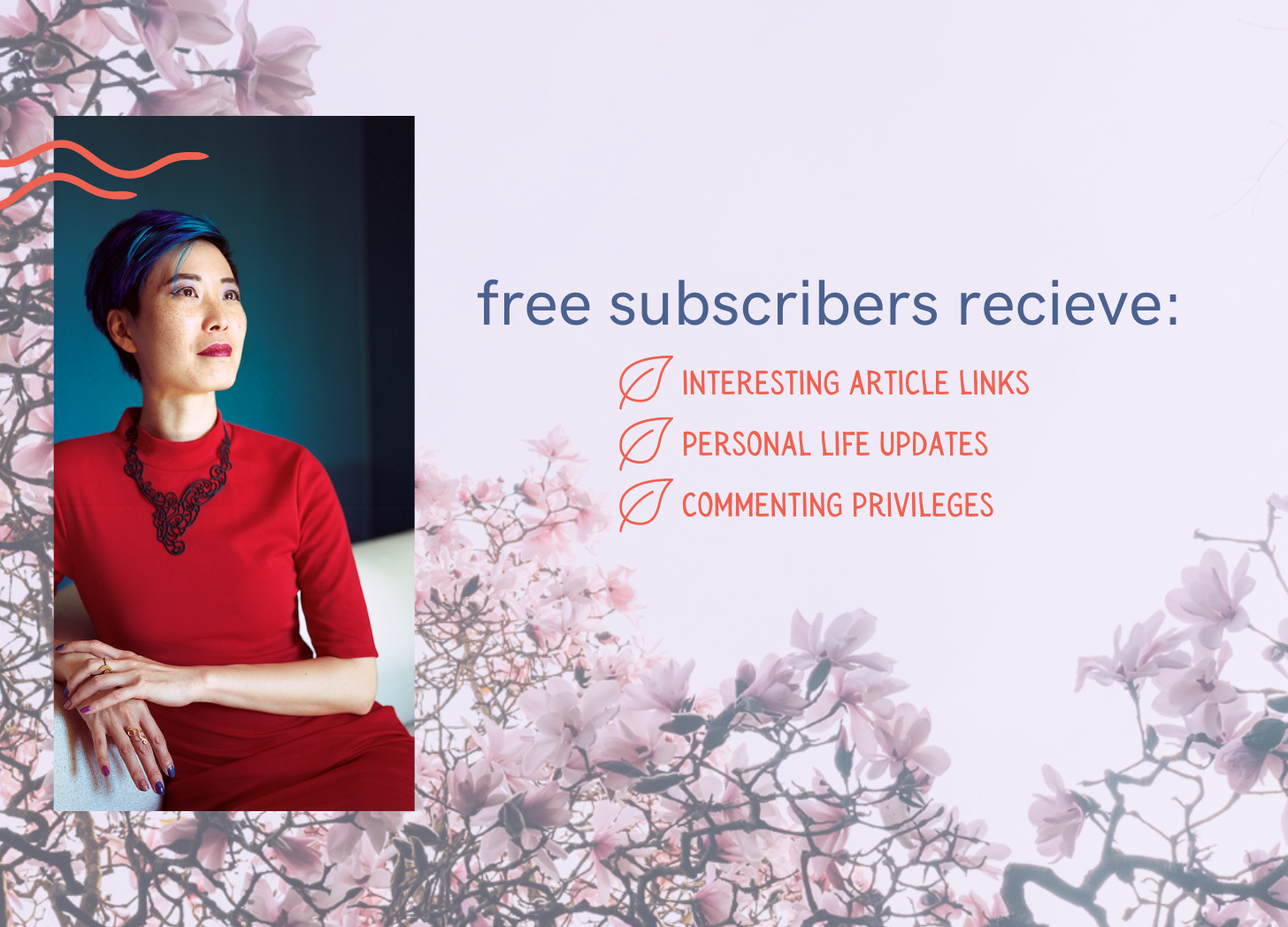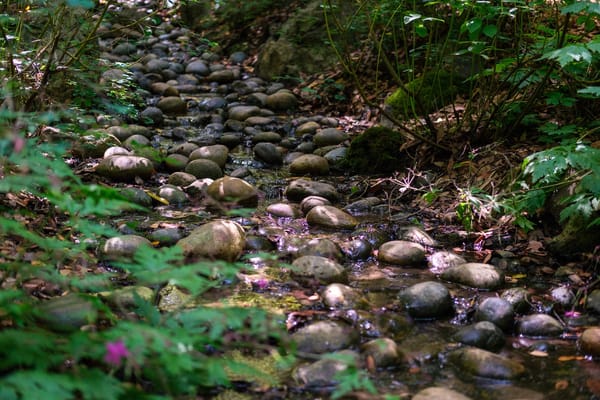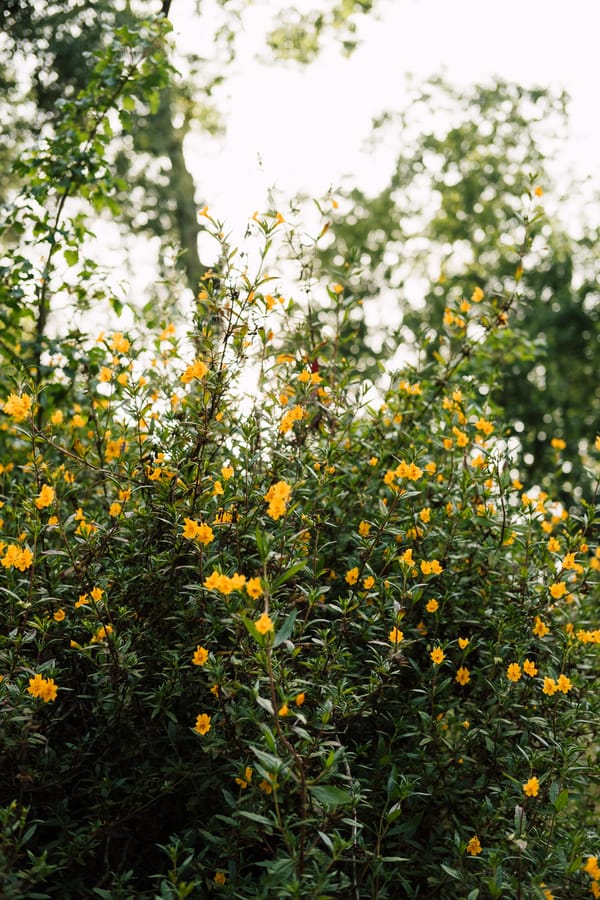What it takes to build and sustain a community
Do you really need to build that community, or can you instead help one grow? I talk with the founders of Being Tea and Color of Coffee Collective.
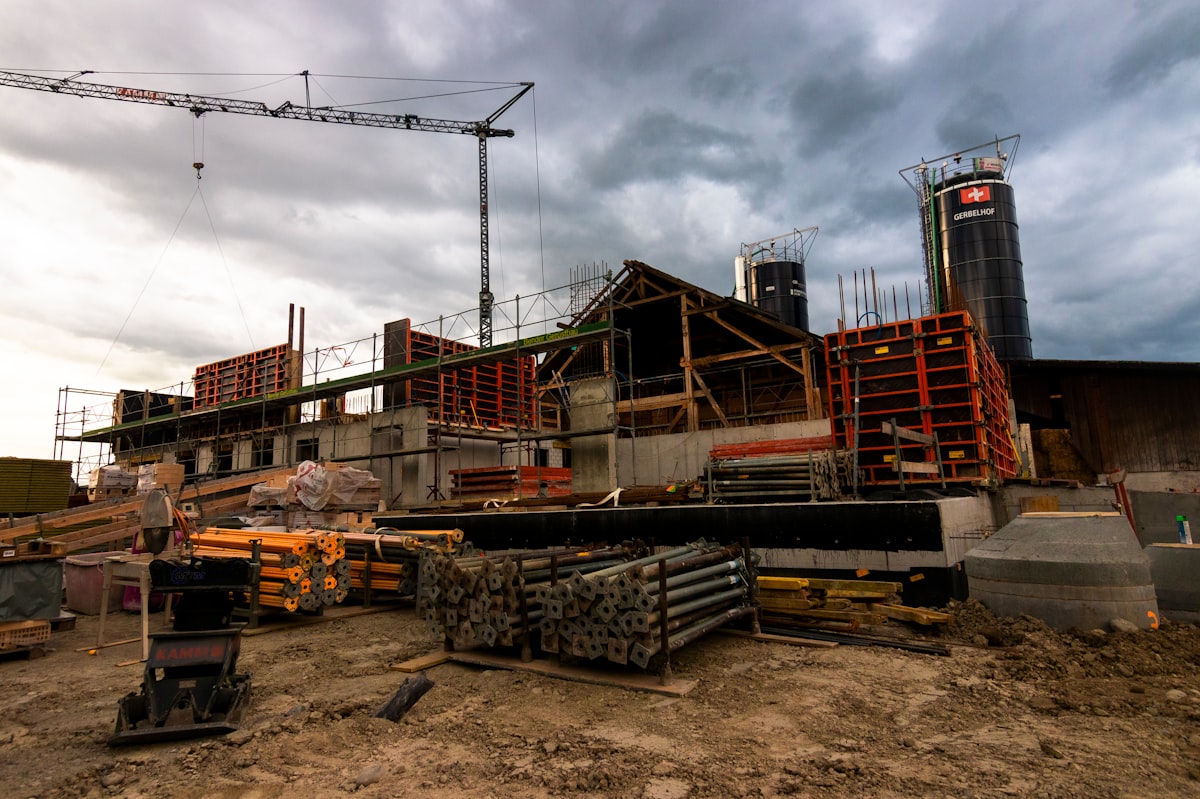

What it takes to build and sustain a community
Do you really need to build that community, or can you instead help one grow?
The community I talk about here is not the kind that exists in casual group chats or occasional hangouts at cafes. To me, a community becomes one when there’s mutual aid and support, big goals that lift everyone up (directly or indirectly), and it is no longer tied to an individual. Even if the organization or individual steps away, can the community evolve and self-sustain?
If you’ve ever been involved in building a community, you were probably initially surprised by the amount of work it takes. Unless it’s a thriving nonprofit that has a positive profit, most of this work is unpaid. There are always lots of voices and opinions, but only a handful can contribute time. For this article, I talked to two people who have built their own communities—one is a business, and the other is a nonprofit.
When we discussed genuine community under capitalism, I immediately thought of all the brands that create “community” around their products. I think, as a brand, it’s incredibly difficult to build a genuine community because it’s founded on a company’s mission, and in order to survive, that company needs to turn a profit (on the other hand, a non-profit also needs to make money to sustain itself). Sales is always going to hover around the edges and it takes people in power to recognize the value of building community and not try and assign too many numbers to it. But I digress. This article is about building and sustaining, not about corporations—that’s for a future article.

In 2018, longtime tea professional and educator Sooz Hammond founded Being Tea, an online tea community for other tea lovers and educators to learn and connect with each other. They created the accessible educational platform that they wished they had when they first started in tea several decades ago.
At a time when information is so readily available, Sooz opted to build business and community slowly. If you want a human Wikipedia, how-to guides, and checklists, that’s totally fair, but Being Tea is not for you. “Some people are looking for something that goes beyond passive receiving,” they explain. “What I do is not passive and I feel like that’s the key for when we talk about building community. It can’t be passive. It has to be interactive; we have to engage together to make that meaningful.”
For those who work in a creative field as a freelancer or consultant, pricing services can be tricky, and pushback comes with the territory. “One of the things that I've had to work through is people who are very used to W2 income do not think about all these little things, like how we use our hourly time,” says Sooz. “They never had to think like that. They have no context for why things are the way they are.” As an example, here in the US, self-employed people need to reserve 30-40% of their profits for taxes, paid out quarterly. Individual health insurance purchased on the marketplace can run anywhere from $300-600+ a month. And that’s just one expense among many other business operation expenses. Many opt not to have health insurance.
When Being Tea’s online program was first launched, there was only one price point (the current reduced price). Now, there are three prices under a sliding scale, and full scholarships with fundraisers are offered for those who need them. Sooz showed me the breakdown: 46% are at a reduced rate, 37% at the standard, 8% at sustaining (supports the reduced rate), and 8% on scholarship. When this was shared in their sliding scale workshop, Sooz says it was easy to say, “Oh my gosh, you're losing so much money because all these people are on reduced.” But, they pointed out, this is two years of growth after introducing two new price points. The 37% standard and 8% sustaining are all growth, and people are self-selecting to contribute at a higher rate.
Sooz did explore recommended community-building strategies like having a Discord server, gamification, and reward badges, but none resonated. They explain, “It’s taking people out of this very textural world of tea that’s in front of them on their own table.” The tea meditations and classes may be virtual, but the experience feels much more analog, prioritizing conversation and community.

Keith Hawkins founded the nonprofit Color of Coffee Collective in 2021, aiming to create a more diverse and equitable industry, but the idea germinated in the summer of 2020 after George Floyd’s murder. While he’s not unfamiliar with building community—he was a youth pastor before he was in coffee and also worked with the Alzheimer’s Association—this was still a big leap. He tells me that the building blocks of a successful community are honesty, trustworthiness, authenticity, clear goals, and having “people who are there genuinely, who want to support and be a part of something greater than themselves.” Sustaining takes a life on its own.
Since its founding, the Collective has grown to host a few symposiums, as well as other community events, such as the workshops in Austin, Texas, that provided free coffee education for anyone who wanted to participate. But the early days were rocky in some areas. As you may recall, we had a summer of black squares on Instagram. So. Many. Companies. Promised to improve, to learn, to do stuff. And we all know how that turned out.
Whenever you work in any social justice cause, there will be disingenuous people and companies, and it took some trial and error to parse through what was real and what was performative—he estimates that half of all the inquiries were in bad faith. “I always wanted to believe in the better good of humans, that they would do what is right, and yeah. That wasn’t the case,” says Keith. “They really wanted to be associated [with us] to get some fame for themselves or their organization. When I talk to people, and they say they're interested and then they turn around and do some stuff that they've done, just like, wow. So it hurt, but we're over it now. We're over it.” He’s gotten better at identifying the red flags: if you reach out to the organization with an inquiry, he checks what work you’re doing already and how that supports the Collective’s mission. He adds, “If you’re not doing the work—currently or previous to reaching out—nothing we do or say is going to help you get to that point.”
Sustaining & measuring success
Both Sooz and Keith talked about creating spaces for people to grow and learn. There’s value in “slower” growth (tangent topic: who decided what’s slow and what’s normal?): you cultivate an area for people to show up as themselves.
In terms of sustaining the Being Tea community, Sooz says that consistency is the number one strategy. They realized that in 2020 and 2021, “the thing that people really needed—especially those who were working through things like work-from-home schedules and lots of changes in their life and stuff—was consistency. They really needed something that was stable.” To provide this, Sooz is deliberate about the video set: “very meticulously arranged out; things change seasonally here, but overall, it’s a soothing space to be in.” When people sign in, they know what they’re getting. “I try to keep the same schedule, even when I try something new,” they added. One tip they learned during yoga teacher training was to give people a minimum of six months to try and connect with that schedule before changing it.
As mentioned earlier, high growth is not always a good thing. “We’re in that spot that is considered slow to moderate sustainable growth,” Sooz shares. It’s at about 12% YoY, while their research showed the ideal capitalist target is at 15%. “I love the smallness and quietness of this.” In the years that 15% were hit, they felt it, and it was a lot to manage. Their biggest indicators for stagnation and sustainability are emotional: if they enter a year without a million ideas or if they’re starting to feel resentful of a service offering, they know something will need to change.
Keith’s measurement of success is a little more measurable: if “one minority kid gets into or learns more about specialty coffee, and has the desire to have a career in coffee.” He sees the Collective’s programs as a way to provide education and financial training and literacy, “using coffee as a vehicle to drive our kids to a better future.” When he visits communities of color and talks to the kids and youth groups about specialty coffee, he says it’s hard for them to see or hear the vision that he’s speaking. “What that says to me is that for years, there has been this void of information that goes completely above our communities and/or basically omits our communities,” he explains. “Our people don’t get to know this information. Yes, they consume product all day long. However, it is never said to our communities where coffee came from, and more specifically, how beneficial or impactful it could be for you: as an economic driver or a third place, if you will, within our communities.”
I asked him if he ever hits the wall of wondering if the work is moving the needle of change, and he told me at least once a month. A lot of it is internal. Being in the military made him results-driven, and he’s hard on himself. The previous weekend, the Collective had hosted an event. Afterward, he wondered: “Does that environment change as a result of the information we left? Is that cafe making more money as a result of the conversations we had? Can they remain sustainable as a result of some of the suggestions we made? Can that barista get a better-paying job as a result of some of the things that we talked about? Those are the things that matter to me.”
He didn’t have to wonder for too long—someone emailed on Monday to say that the event was exactly what they needed, and before it, they had been ready to leave coffee.

Building and sustaining a community is incredibly difficult. Building the scaffolding to be structurally sound is one thing, and it takes quite a lot of work. Sustaining, though, is even more complicated. It makes you question whether or not you’re making an impact—and that impact is not always immediate. Being Tea is a great example of a community built with intentionality and not locked into the high-growth mentality. I think it takes a lot of guts to start a community, but as Keith told me, it also requires a selfless mindset where everyone is all in for the greater good.

This article is part of the larger series on community, this first season's topic. Leave a comment on what community means to you and catch up on the past articles. If you enjoyed reading this and would like to support future work like this, paid upgrades and comps are available. Forwarding and sharing are also appreciated. In the coming weeks, I have a new In Focus interview and another long-form journalism piece.

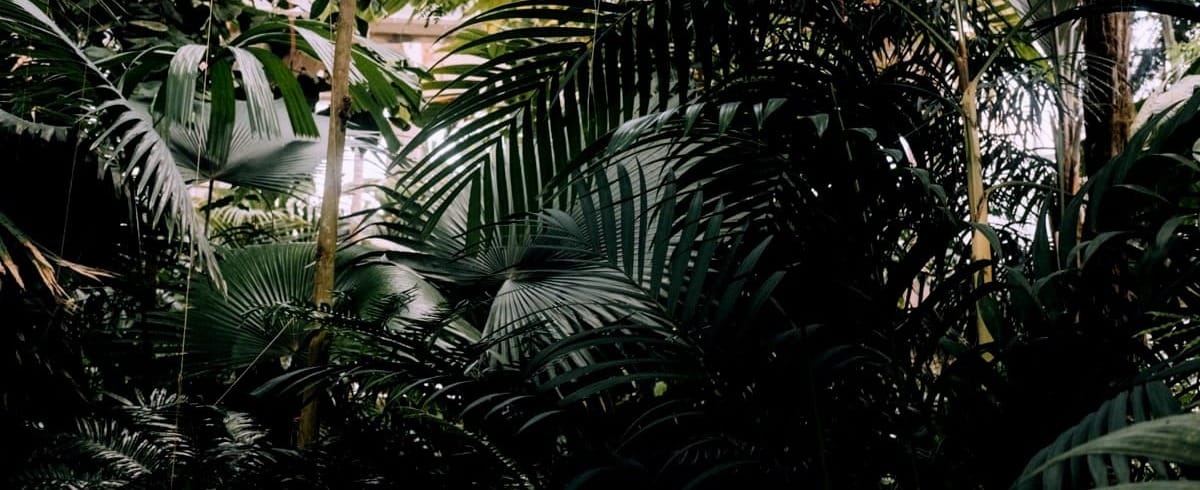
etc.
article links, personal updates, and a plant feature

